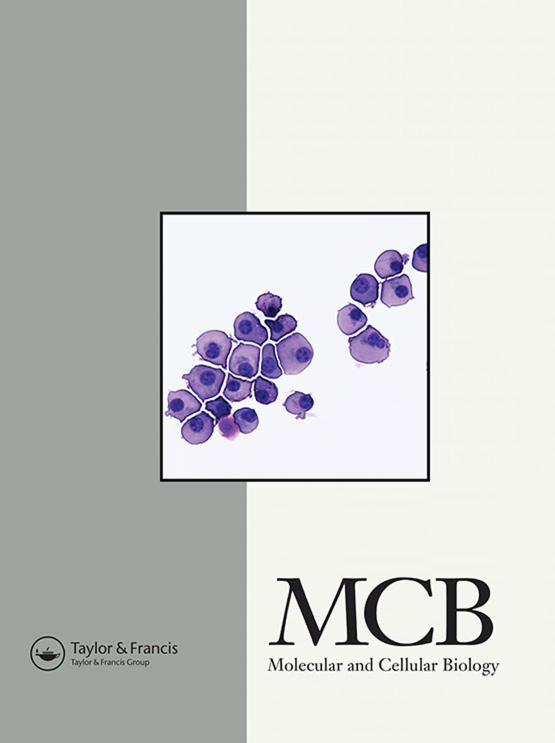Submit a Manuscript to the Journal
Molecular and Cellular Biology
For an Article Collection on
RNA in Disease
Manuscript deadline
31 October 2024

Article collection guest advisor(s)
Dr. Ioannis Grammatikakis,
NCI/NIH
[email protected]
Dr. Dimitrios Tsitsipatis,
National Institute on Aging (NIA)/National Institutes of Health (NIH)
[email protected]
RNA in Disease
Earlier studies in RNA biology were focused on unveiling the properties of messenger mRNA as part of its role in the central dogma of Biology. Since the discovery of various RNA species, it has become avidly clear that RNA is more versatile than originally thought. It is now well established that there are multiple RNA species, including coding RNAs, long non coding RNAs, microRNAs, circular RNAs with a main role in gene expression regulation, as well as other RNAs such as snoRNAs, tRNAs, rRNAs etc., with ever expanding functions and mechanisms of action in a broad range of biological processes.
A mere 2% of the genes transcribed encode mRNAs with protein-synthesis potential, while the vast majority of transcription process produces noncoding RNAs with functions that still remain elusive. To foster their functions, RNAs can interact with a plethora of micro- and macromolecules while they are often bound to RNA binding proteins which play an important role in their regulation. Given their multifaceted functions, interrupting or interfering with the processes that regulate the life of an RNA can lead to abnormal phenotypes. Indeed, dysregulation of RNAs has been associated with a vast array of diseases, including cancer, various age-related and genetic diseases as well as diseases caused by viral infections. Despite efforts to identify the significance of the role of RNA species, we have only scratched the surface.
This collection aims to emphasize the significance of the role of RNAs in disease. Shedding light on the function of RNAs will pave the way to better understand the pathophysiology of multiple diseases and design therapeutic approaches to improve human health. Subtopics will cover the molecular function and role of RNA species in disease such as:
How dysregulation of various aspects of mRNA life cycle affects disease
Non-coding RNAs in gene expression regulation
tRNAs, snoRNAs, and rRNAs in disease
RBPs in the molecular pathology of diseases
Dr. Ioannis Grammatikakis is a Staff Scientist at the National Cancer Institute which part of the National Institutes of Health. During his PhD, he was trained in alternative splicing regulation, and since then he has developed an interest in multiple aspects of RNA biology. He is focusing his work on gene expression regulation by long non-coding RNAs and RBPs and their role in the molecular pathology of cancer.
Dr. Dimitrios Tsitsipatis is a Research Fellow at RNA Regulation Section/National Institute on Aging. During his postdoctoral time, he was trained in RNA biology, in particular on the importance of circular RNAs in aging and age-related declines. Since then, his work focuses on unveiling the importance of long non-coding RNAs and their interacting partners, such as RBPs, in the molecular mechanisms of aging age-related diseases.
Dr. Grammatikakis and Dr. Tsitsipatis declare no conflict of interest.
Benefits of publishing open access within Taylor & Francis
Global marketing and publicity, ensuring your research reaches the people you want it to.
Article Collections bring together the latest research on hot topics from influential researchers across the globe.
Rigorous peer review for every open access article.
Rapid online publication allowing you to share your work quickly.
Looking to Publish your Research?
Find out how to publish your research open access with Taylor & Francis Group.
Choose open accessSubmission Instructions
All manuscripts submitted to this Article Collection will undergo desk assessment and peer-review as part of our standard editorial process. Guest Advisors for this collection will not be involved in peer-reviewing manuscripts unless they are an existing member of the Editorial Board. Please review the journal Aims and Scope and author submission instructions prior to submitting a manuscript.